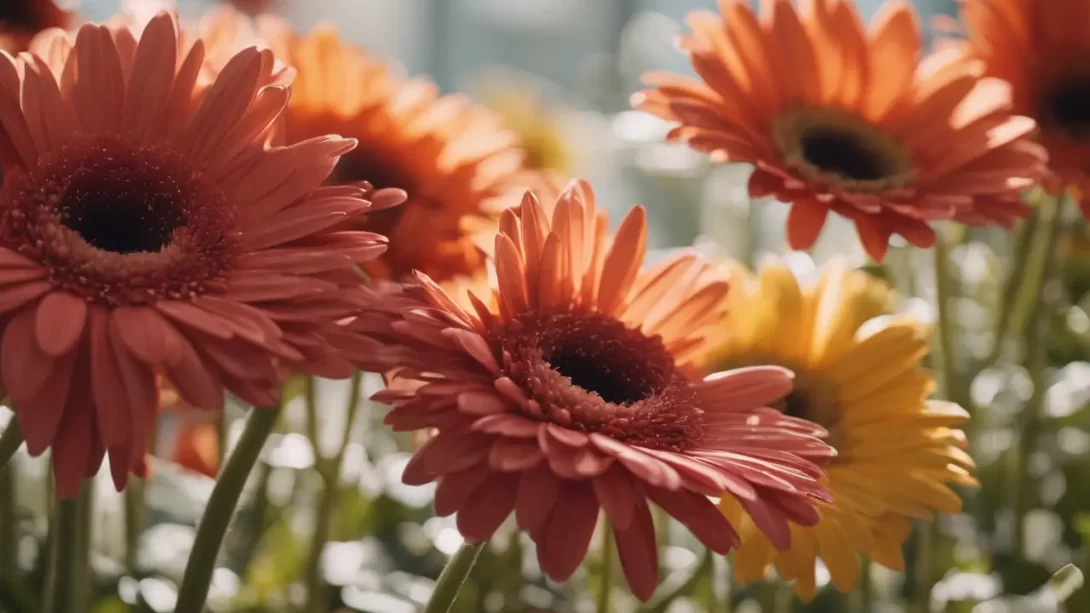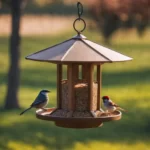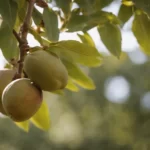Gerbera daisies, with their bright and cheerful blooms, are a favorite in gardens and as indoor plants. To keep these plants flourishing and aesthetically pleasing, deadheading, or the removal of spent flowers, is essential. This process not only enhances the plant’s appearance but also promotes further blooming and maintains plant health. This article provides a comprehensive guide on how to deadhead Gerbera daisies effectively.
Deadheading
Deadheading is a gardening practice that involves removing faded or dead flowers from plants. For Gerbera daisies, this is particularly beneficial as it:
- Encourages More Blooms: By removing spent blooms, the plant redirects its energy from seed production to creating new flowers.
- Extends Blooming Period: Regular deadheading can prolong the flowering season of Gerbera daisies.
- Improves Plant Health: Removing old blooms can help prevent disease and pest infestations.
Identifying Flowers to Deadhead
It’s important to correctly identify which flowers to deadhead on a Gerbera daisy. Look for:
- Faded Blooms: Flowers that have lost their vibrant color and are wilting.
- Dried Petals: Petals that are shriveling and drying out.
- Distinguishing Buds from Spent Flowers: Avoid accidentally cutting new buds that are typically smaller and more tightly closed than fading flowers.
Understanding the difference is key to effective deadheading and ensuring continuous blooming.
Required Tools for Deadheading
The right tools can make deadheading Gerbera daisies a simple and efficient task:
- Sharp Scissors or Pruning Shears: Ensure they are clean and sharp to make precise cuts.
- Gloves: Optional but helpful to protect your hands, especially if you have sensitive skin.
Before you begin, clean your tools with rubbing alcohol or a bleach solution to prevent the spread of disease.
Step-by-Step Guide to Deadheading Gerbera Daisies
Deadheading Gerbera daisies is a straightforward process. Here’s how to do it effectively:
Step 1: Cleaning and Preparing the Plant
Gently clean any debris or dirt around the base of the plant. This helps you see the stems clearly and identify which flowers need to be removed.
Step 2: Locating the Base of the Spent Flower Stem
Carefully inspect the plant and locate the base of the spent flower stem. It’s important to cut the stem down to the base where it emerges from the foliage to promote healthy new growth.
Step 3: Proper Technique for Cutting Off the Spent Flower
Using your sharp scissors or pruning shears, make a clean cut at the base of the stem. Be careful not to damage any nearby buds or new blooms.
Step 4: Disposing of the Dead Flowers and Cleaning Up
After deadheading, dispose of the spent flowers and any fallen petals to keep the area clean and prevent potential disease issues.
Aftercare and Maintenance
Post-deadheading care is crucial for the continued health and blooming of Gerbera daisies:
- Watering: Water the plant adequately, keeping the soil moist but not waterlogged. Avoid overhead watering to prevent disease.
- Fertilization: Apply a balanced, water-soluble fertilizer every two weeks during the growing season to provide necessary nutrients.
- Sunlight: Ensure your Gerbera daisies receive plenty of bright, indirect sunlight.
- Monitoring: Regularly check for signs of stress, pests, or disease and address any issues promptly.
These care practices, combined with regular deadheading, will help your Gerbera daisies thrive and bloom abundantly.
Common Mistakes to Avoid
While deadheading Gerbera daisies is generally straightforward, here are some common mistakes to watch out for:
- Cutting Too High: Avoid leaving long stems after deadheading, as this can lead to unsightly plants and potentially invite disease.
- Damaging New Buds: Be cautious not to accidentally cut off new buds while removing spent flowers. Identifying the difference between new and old blooms is key.
- Over or Underwatering: Both can stress the plant, leading to fewer blooms or health issues. Maintain a consistent watering schedule.
- Ignoring Pest Infestations: Regularly inspect for signs of pests and address them promptly to keep your plants healthy.
Routine Care for Gerbera Daisies
In addition to deadheading, maintaining a regular care routine is crucial for the health and vibrancy of your Gerbera daisies:
- Soil and Potting: Ensure they are planted in well-draining soil and a pot with adequate drainage holes to prevent root rot.
- Positioning: Place your Gerbera daisies in a location where they receive bright, indirect sunlight for most of the day.
- Regular Inspection: Regularly check the plant for signs of stress, disease, or nutrient deficiencies. Early detection makes management easier.
Conclusion
Deadheading Gerbera daisies is an essential practice for keeping these plants healthy and encouraging continuous blooming. By following the steps outlined in this guide and avoiding common mistakes, you can ensure that your Gerbera daisies remain a vibrant and beautiful addition to your garden or home. Remember, regular care and attention are key to the success of any plant, and Gerbera daisies are no exception. Enjoy the rewarding experience of nurturing these delightful flowers and the abundant blooms that result from your care.



